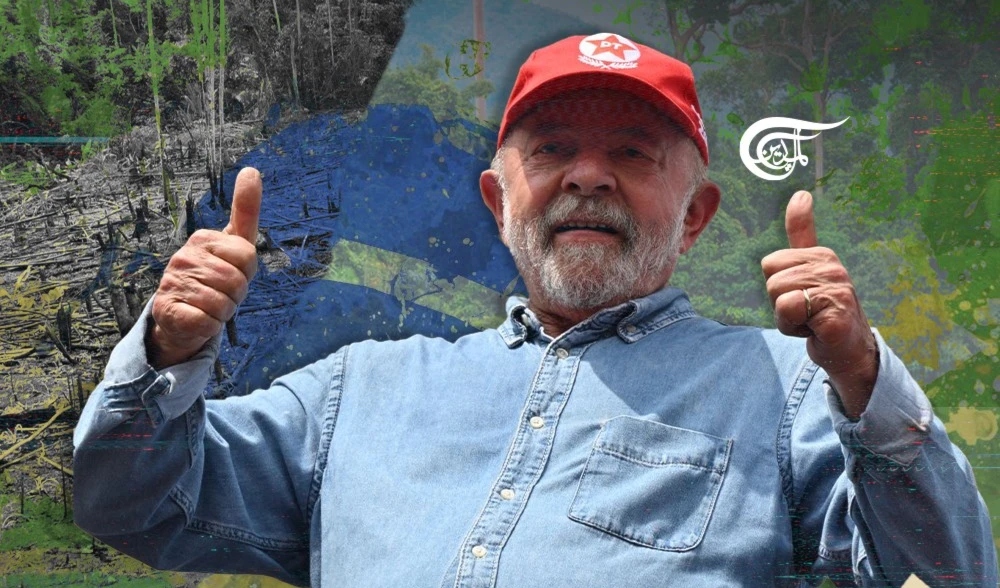Iran’s Mastery of Nuclear Negotiations
Trump was betting on one of two outcomes: Iran’s surrender or collapse! Well, neither of that happened.
To put it in simple words, Donald Trump’s “Maximum Pressure” policy towards Iran was a failure. Not only he unilaterally pulled out of a done deal –with international recognition – but he added to that a pattern of sanctions that can be described as the harshest in America’s recent history aiming at “killing” Iran economically by reducing its oil exports to zero level. Trump boldly used America’s might to force other countries to stop dealing with Iran and used intimidation and threats for that purpose. Trump was actually betting on one of two outcomes for his (anti-Obama) policy: Iran’s surrender or collapse!
Well, neither of that happened.
Despite the very negative effect of the US sanctions and the economic hardship, Iran decided to endure and resist. The ruling Iranian regime was telling its suffering people “well, it’s not my fault! We have done everything for your sake and we reached an agreement. The breach came from the other party without any wrong-doing from our side”. And because of that reasoning, the majority of ordinary Iranians didn’t blame their regime for their hardships. Iran started adapting and after one year its economy started to stabilize again.
Diplomatically, Iran firmly refused to consider any alteration or re-negotiation of the JCPOA deal and insisted that its missile programs and regional policies – as Trump demanded- are completely out of discussion. And in response to Trump’s measures, Iran adopted the “Strategic Patience” policy which was indeed a calculated and well-thought-of policy that avoided quick reckless reactions that Trump was indeed pushing for. Iran did not pull out of the JCPOA and asked the other parties in it (mainly the Europeans) to denounce the American position and create a mechanism that would compensate Iran for the US violation or at least nullify the effect of the re-imposed US sanctions on it. The Europeans, Germany in particular, assured Iran of their commitment to the agreement and even told their own companies to ignore the US decisions and continue doing business with Iran (although the big European companies like Siemens, Total, and Maersk gave in to US’s fines and litigation threats and abandoned their Iran business). The split between the Europeans and the US was a success to Iran’s policy (although not to its satisfaction).
Then came the “gradual escalation” policy. Iran announced that, in response to America’s breach, it was starting a step-by-step program of reducing its commitments and undertakings. According to the JCPOA terms, Iran was allowed to enrich uranium to a maximum of 3.67% for its power reactors. Here is a summary of Iran’s escalation steps:
On 1 July 2019, it lifted the 300 Kg limit on its stockpile of enriched uranium
On 8 July 2019, it began enriching uranium to 4.5% concentration
On 5 September 2019, it lifted all limits on its R&D programs
On 6 November 2019, it resumed enrichment at Fordo facility
On 5 January 2020, it lifted the limit on the number of centrifuges in operation
On 4 January 2021 it resumed enriching uranium to 20% purity at Fordo facility
On 14 April 2021 Iran announced it will start 60% uranium enrichment
This escalation program can’t be ignored by the international community. It is too serious to be overlooked as it gradually takes Iran closer to the 90% uranium enrichment edge - the requirement for a nuclear weapon. However, Iran is constantly repeating its position that the nuclear program is entirely peaceful and it has no intention to make a bomb. But is that satisfactory to all concerned parties? The Europeans protested against Iran’s reduced compliance with the JCPOA but didn’t – and couldn’t- do much to stop Iran’s nuclear program from becoming more serious and (potentially) “dangerous”. It was ironic that even Mike Pompeo, Trump’s Secretary of State, at a certain point implied that the Iranians are violating the 2015 nuclear deal!
Iran still confirms its adherence to the nuclear non-proliferation treaty (NPT) and that it has no nuclear military aspirations whatsoever. Moreover, Iran says that it morally opposes the making of nuclear weapons and highlights a religious decree (fatwa) from its supreme leader that prohibits the manufacturing of a nuclear bomb and considers that “forbidden”.
According to American officials, the United States can’t simply trust Iran’s good faith or its religious ruling against making a bomb. And it can’t sit down just watching Iran’s accelerating steps towards more unchecked nuclear capabilities. Something has to be done. But the options available to the Biden administration are quite limited. Trump has tried everything and failed. So what more can Biden do to bring Iran back under restraint? Trump said that Obama’s deal with Iran was bad because it was not tight enough and he’s going to “fix it”. But Trump departed after four years in office with Iran more involved in nuclear activities and its program advancing like never before.
The only realistic option available for the US now is negotiations to bring Iran back to its original commitments according to the 2015 deal. But it’s not easy. Iran is demanding that the US has to lift all sanctions that Trump imposed before any talks. A pre-condition that is tough to take by the US. Not only that, but it’s also asking for “guarantees” that the US will not pull out of any deal again. With limited realistic options at its disposal, America is under pressure.
More than three months passed since Iran’s new President, Ibrahim Raisi, took office and Iran is not showing any sign that it’s in a rush to go back to the JCPOA 2015 deal. Iran apparently feels it’s in a stronger position than ever before. Time is passing by and Iran knows very well it’s not in America’s favor.

 Hussam AbdelKareem
Hussam AbdelKareem
 5 Min Read
5 Min Read












